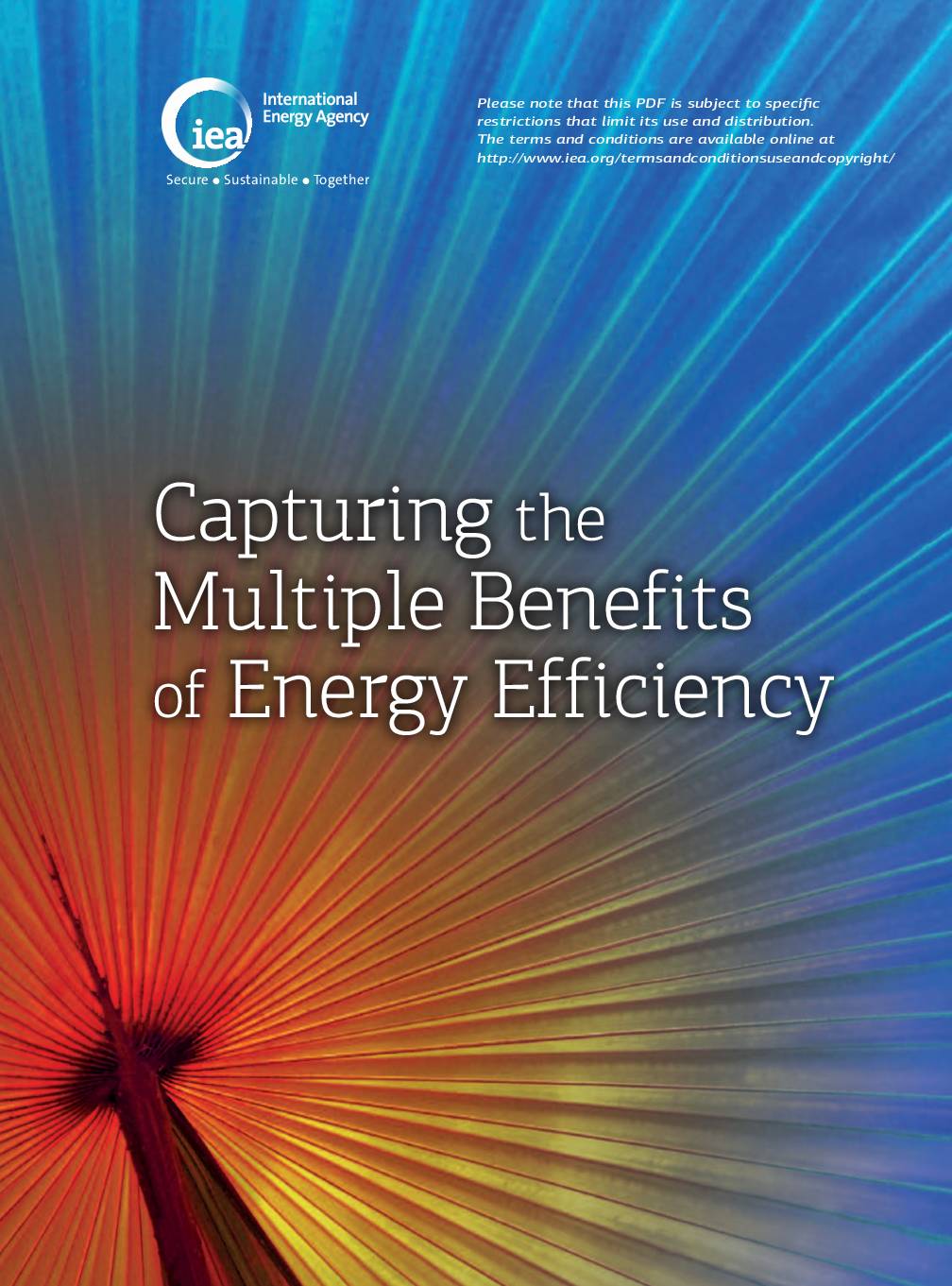The traditional focus on energy savings as the main goal of energy efficiency policy has, at times, led to an underestimation of the full value of energy efficiency in both national and global economies. Energy efficiency can bring multiple benefits, such as enhancing the sustainability of the energy system, supporting strategic objectives for economic and social development, promoting environmental goals and increasing prosperity.
The aim of this book is two-fold: to build knowledge of the multiple benefits of energy efficiency, and to demonstrate how policy makers and other stakeholders can use existing tools to measure and maximise the benefits they seek. Five key benefits areas – macroeconomic development; public budgets; health and wellbeing; industrial productivity; and energy delivery – are investigated in-depth, showing compelling returns when the value of multiple benefits is calculated alongside traditional benefits of energy demand and greenhouse gas emissions reductions. Considering multiple benefits also has important implications for unravelling one of the persistent challenges in energy efficiency – the rebound effect – revealing that it often signals a positive outcome in terms of achieving broader social and economic goals.
By identifying and quantifying a broader range of impacts of energy efficiency, the multiple benefits approach repositions energy efficiency as a mainstream tool for economic and social development, and has the potential to motivate higher uptake of energy efficiency opportunities in the market.
Aim
To help maximise the multiple benefits of energy efficiency.
Target audience
Policy-makers, stakeholders
Approach
Passive
Scope
Policy
Stage of PD cycle
Design
City focus
Supporting
Share this

Sectors: Buildings, Cross cutting, Industry, Renewables
Country / Region: Global
Tags: energy, energy efficiency, energy savings, international developmentKnowledge Object: Publication / Report
Published by: IEA
Publishing year: 2014
Author: IEA
